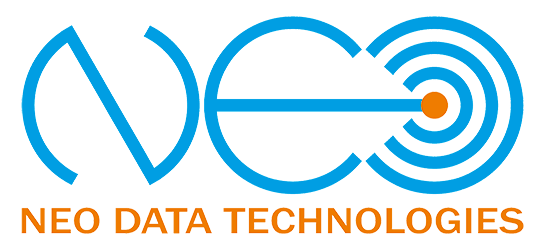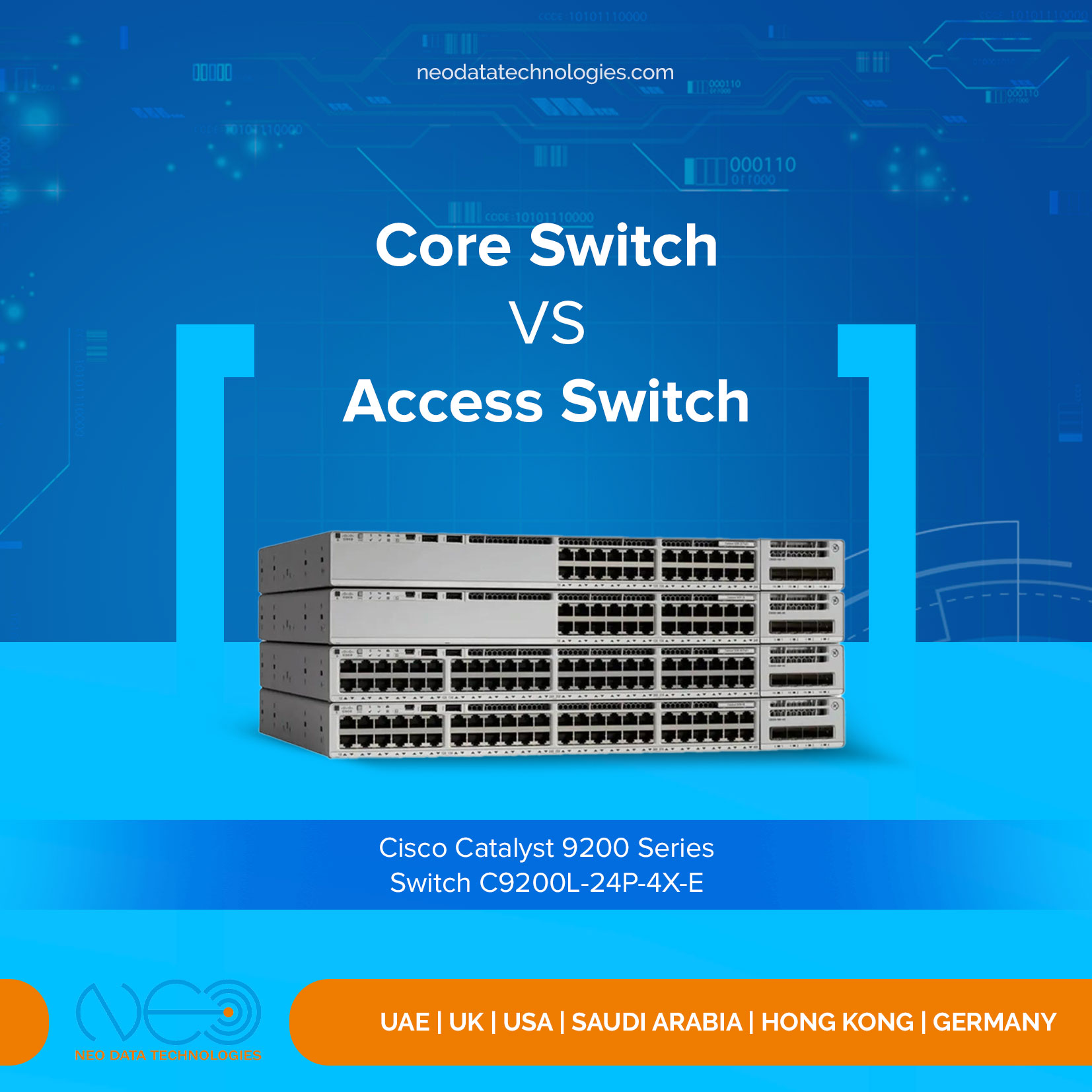5 Things to Look for in a Small-Business Phone System
In the world of network infrastructure, switches play a pivotal role in ensuring data flows seamlessly from source to destination. Two types of switches, the core switch, and the access switch, are the unsung heroes behind the scenes. Each has its unique purpose and function within the network ecosystem. Knowing both these switches will help you when you need to get Cisco network switches in Dubai.
Core Switch
Think of the core switch as the beating heart of your network. It sits at the center, connecting all other devices and switches. Here’s what you need to know about the core switch:
- Speed and Capacity: Core switches are built to handle immense traffic loads. They boast high-speed ports, often 10Gbps or higher, to ensure data can flow swiftly across the network.
- Minimal Latency: In the core, speed is of the essence. Core switches are designed to minimize latency, ensuring that data packets traverse the network with minimal delay.
- Redundancy: Reliability is paramount in the core. Core switches often come equipped with features like redundancy and failover capabilities to ensure uninterrupted network operation.
- Fewer Ports, More Power: Core switches typically have fewer ports than access switches, but each port is significantly more powerful. They are meant to connect to other core switches or distribution switches, creating a robust network fabric.
- Aggregation and Routing: Core switches handle the aggregation of data from various sources and make routing decisions to ensure data reaches its destination efficiently.
- Security: Core switches are often equipped with advanced security features to protect the network’s critical infrastructure.
Access Switch
Access switches are the gateway to the network for end-user devices like computers, printers, and IP phones. Here’s a glimpse of what access switches are all about:
- Port Density: Access switches have a higher port density than core switches. They are designed to accommodate a large number of devices simultaneously.
- Power over Ethernet (PoE): Many access switches are PoE-enabled, providing power to devices like IP cameras and phones over the Ethernet cable.
- Speed Variation: Access switches may have varying port speeds, ranging from 1Gbps to 10Gbps, depending on the specific requirements of connected devices.
- Local Connectivity: They provide local connectivity for devices within a specific area, like a department or floor in an office building.
- Ease of Management: Access switches are often designed for ease of management, making it straightforward for network administrators to configure and control access for connected devices.
- VLAN Support: They support Virtual LANs (VLANs) to segment the network and improve security and performance by isolating different groups of devices.
When to Use Each Switch
The choice between a core switch and an access switch depends on the specific needs of your network. Use core switches when building a high-performance, highly available network backbone. Core switches are ideal for data centers and large-scale enterprise networks where reliability and speed are paramount. And use access switches when providing network connectivity to end-user devices in offices, classrooms, or small-scale network environments. Access switches are the workhorses that connect devices to the larger network. Consult with certified experts like Neodata, one of the distributors of Cisco network switches in Africa, to get specified solutions.
The core switch and access switch are the pillars upon which modern network infrastructure is built. Understanding their differences and respective roles is essential for network architects and administrators, so they can form a dynamic network ecosystem, enabling data to flow efficiently and reliably, ensuring our digital world stays connected.
Author

